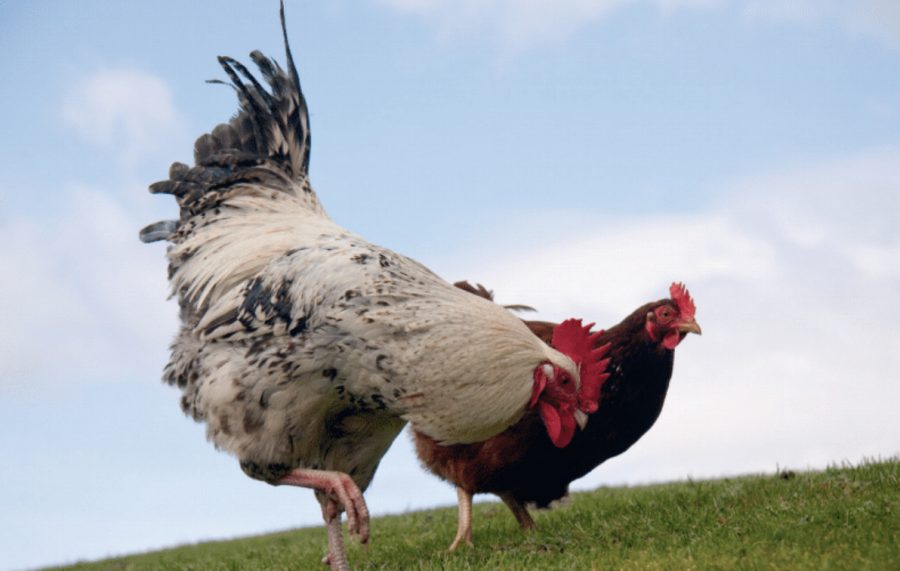Poultry vet, David Parsons, explains how chickens breathe and what we can do to help keep their respiratory systems healthy.
Recently, I have been involved in several respiratory cases. You would think that in the summer, with plenty of fresh air, respiratory infections should not be a problem. The reality is that we have had an odd sort of summer. High daytime temperatures with low night time temperatures, rain, wind, and thunderstorms have been stressful for birds and us alike. Unfortunately, this stress can predispose to respiratory infections. A quick digression, unlike me and I suspect many of you, your flocks will not receive annual boosters for respiratory infections. ‘Ah!’ You might say – ‘but I purchased them “fully vaccinated”’. A phrase that I am afraid is one of the more meaningless ones that I know. However, why that is so will be the subject of another article. Suffice to say, at this stage, that protection will last, at best a year and could be as little as weeks, depending on how and what your birds were vaccinated with. You should not be surprised. Attempting to control Covid relied on frequent vaccinations which several years later have been reduced to one, to essentially help protect you for six months over the winter period. Back to respiratory disease. One hen I saw had both nostrils blocked with brown material. This triggered the thought that perhaps a reminder about how the respiratory system in a chicken works and protects the hen from respiratory infections is in order.
UNDERSTANDING CHICKEN BREATHING: IMPORTANCE AND MECHANISMS
Breathing is a vital process for all living organisms. Chicken, like other birds, have a unique respiratory system that is adapted to their physiology and needs. Let’s briefly look at the anatomy of the chicken respiratory system, the breathing process, the importance of respiration for chickens and factors that can affect their breathing patterns.
ANATOMY OF THE CHICKEN RESPIRATORY SYSTEM
Chickens possess a specialised respiratory system that differs significantly from that of mammals. Mammals have a diaphragm which enables breathing and divides the chest cavity from the abdomen. Chickens rely on air sacs and lungs which are contained within the one body cavity that also contains the rest of the internal organs.
THE RESPIRATORY STRUCTURE
- Nasal Cavity: Chickens breathe through their nostrils located at the base of their beaks. The nasal cavity contains the scroll bones which are covered by a delicate membrane, covered by mucus and cilia that warm, humidify and trap and remove dirt from the incoming air.
- Trachea: The trachea, windpipe, is a tube that extends from the nasal cavity to the lungs. In chickens, the trachea is relatively long and contains rings of cartilage that prevent it from collapsing.
- Lungs:The lungs of chickens are small and do not expand and contract like those of mammals. Instead, there is a unidirectional flow of air passing through the lungs with blood flowing through blood capillaries in the opposite direction.This, combined with the intimate contact between air capillaries and blood capillaries, maximises the uptake of oxygen and removal of carbon dioxide.
- Air Sacs: Chickens have eight air sacs that surround and connect to the lungs providing a constant supply of fresh air. These are the single Cervical and Clavicular* sacs and the paired anterior thoracic, posterior thoracic and abdominal sacs. Extensions from some air sacs penetrate between muscle layers and enter some bones of the skeleton.
*some American sources say it is a paired sac whilst English sources say it is a single sac. I have gone with the latter.
This article extract was taken from the November 2024 edition of The Country Smallholder. To read the article in full, you can buy the issue here.
To receive regular copies of The Country Smallholder magazine featuring more articles like this, subscribe here.
For FREE updates from the world of smallholding, sign up for The Country Smallholder newsletter here.








